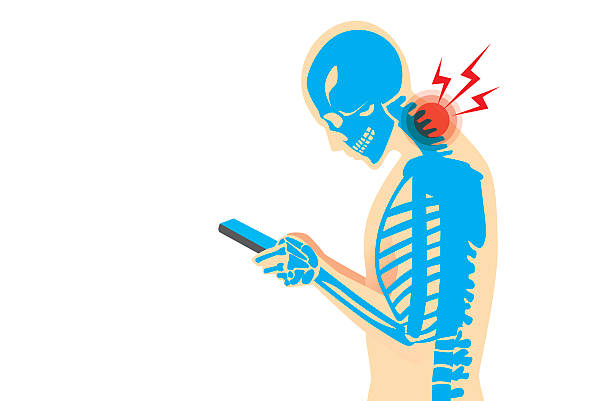
Posture and pain
You’ve probably heard the phrase, “Sit up straight!” countless times. While it may seem like a cliché, there’s a good reason why posture matters—especially when it comes to pain. Posture plays a critical role in how your body functions, and poor posture can be a major contributor to discomfort, stiffness, and even chronic pain.
Posture is the positioning of our limbs when we stand or sit, and also the ability to preserve balance during motion. Various postural muscles including the hamstrings and broad back muscles are critically important as they prevent the forces of gravity from moving us forward while operating properly.
Relationship between poor posture and pain
- Excessive anterior tilt in the pelvis and curvature at the lower back. This associates with several musculoskeletal disorders such as back pain due to lumbar spine tension.
- Poor postural behaviour. Prolonged postural pressures at work or athletic events may be a source of back pain. Slouching or hunching forward often strains the neck and upper back muscles, leading to tension headaches and shoulder discomfort. Sitting for long periods with a rounded back puts extra pressure on the lumbar spine, a common culprit in lower back pain
- Leg length discrepancy. A discrepancy in leg lengths of more than 5mm or ¼ inch may contribute to back pain.
Postural correction tips
The good news is that it’s never too late to improve your posture and, in turn, reduce pain. Here are a few strategies:
- Build Awareness: Start by noticing how you sit, stand, and move throughout the day. Small adjustments, such as sitting with your feet flat on the ground and keeping your shoulders relaxed, can make a big difference.
- Strengthen and Stretch: Engage in exercises that strengthen your core, back, and shoulder muscles while stretching tight areas like the chest and hamstrings. This helps balance the body and supports better alignment.
- Move Regularly: Avoid staying in one position for too long. Set reminders to stand, stretch, or take a short walk every hour.
- Postural correction physiotherapy: Our physiotherapist can assess your posture and design a personalised treatment plan, including hands-on therapy, exercises, and ergonomic advice. Postural correction exercises such as strengthening of abdominal and gluteal muscles, followed by stretching of hip flexor muscles could be helpful. We also use manual therapy to locate and correct joint orientations.
Takeaways
Good posture isn’t just about standing tall; it’s essential for reducing pain, improving mobility, and supporting overall health. Poor posture can lead to issues like neck tension, back pain, and joint discomfort. By becoming more aware of your posture, incorporating targeted exercises, and seeking guidance from a physiotherapist, you can make a big difference in how you feel every day.







